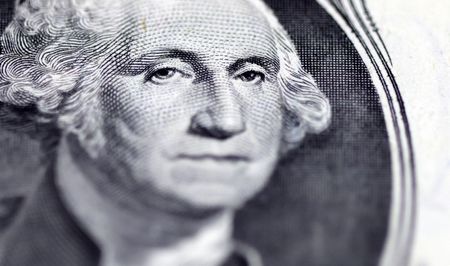
By Marc Jones and Lindsay Dunsmuir
(Reuters) -The U.S. Federal Reserve will need to raise interest rates to a range between 4.50% and 4.75%, Chicago Fed President Charles Evans said on Tuesday, a more aggressive stance than he has previously embraced that underscores the central bank’s hardening resolve to quash excessively high inflation.
Evans also said that he does not see “recession-like” unemployment rate numbers ahead, even as the Fed’s actions result in below-trend economic growth and a softening in the labor market to bring inflation back down to the central bank’s 2% goal.
“My own viewpoint is roughly in line with the median assessment,” Evans said in a speech to the Official Monetary and Financial Institutions Forum in London, referencing the Fed’s latest quarterly summary of policymaker projections.
These showed the Fed expects to raise the policy rate, now in the 3%-3.25% range after last week’s 75-basis-point increase, to 4.4% by the end of this year and to 4.6% by the end of next year, according to the median estimate of all 19 Fed policymakers.
Earlier this month Evans was still advocating for interest rates to peak at 4%. His change of view was influenced by the increasing breadth of price pressures seen in recent economic data.
“I had a sobering assessment that we’ve got more work ahead,” Evans said. “I’m optimistic that the peak that we’ve set out is going to be sufficiently restrictive that it could be enough.”
On Monday, other Fed policymakers sloughed off rising volatility in global markets, from slumping U.S. stocks to currency turbulence abroad, and said their priority remained controlling domestic inflation.
Evans said that he expects inflation to cool substantially over the next two years and pointed to signs that extraordinary demand for labor was easing and supply chains beginning to unsnarl, even as he acknowledged risks to his outlook are skewed to the downside.
“Supply-side repair could continue to move too slowly; events in Ukraine or further COVID-related shutdowns could put additional pressure on costs; and monetary policy may, on the one hand, not rein inflation in enough or, on the other hand, weigh too heavily on employment,” Evans said.
That called for the Fed to be “watchful” and adjust policy “if changes in economic circumstances dictate,” Evans said.
Fed Chair Jerome Powell last week warned of “pain” ahead for the economy as the central bank cools demand, with interest rates set to be held at their peak for some time, a sentiment echoed by his colleagues.
Investors currently see a 70% probability of another 75-basis-point hike at the Fed’s next policy meeting on Nov. 1-2, according to an analysis of fed funds futures contracts compiled by the CME Group.
(Reporting by Lindsay Dunsmuir, Marc Jones and Harry Robertson; Editing by Catherine Evans and Chizu Nomiyama)

